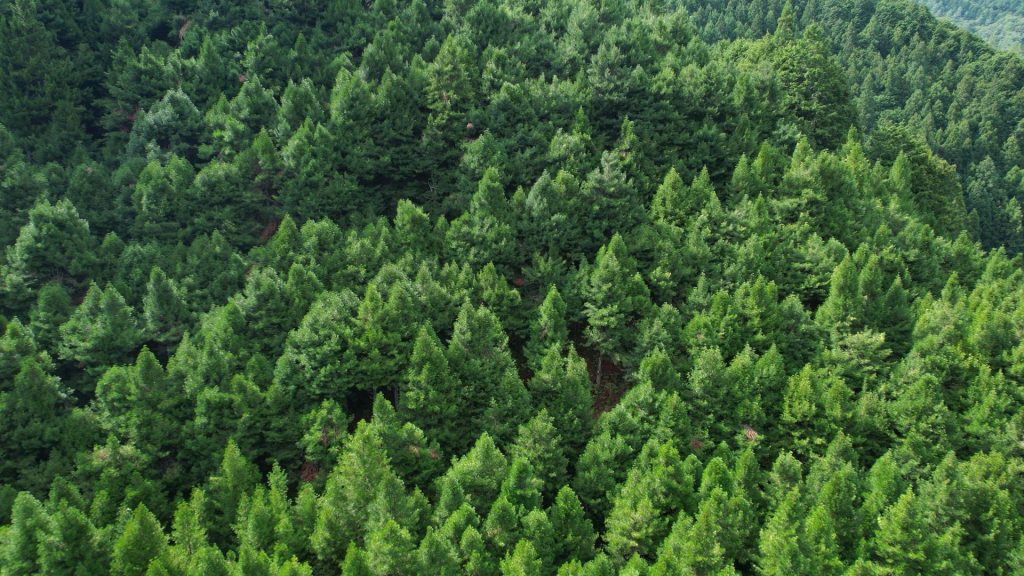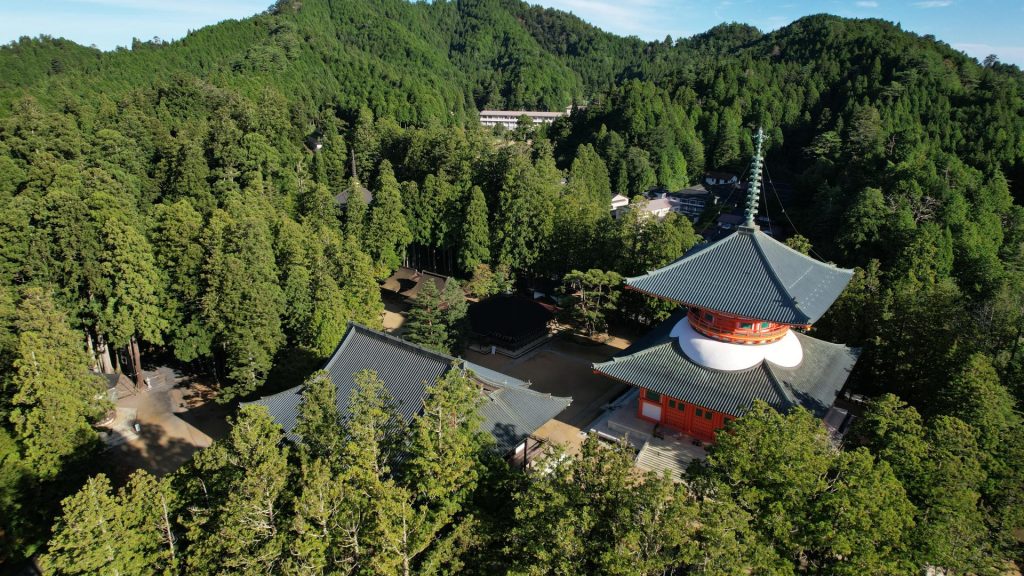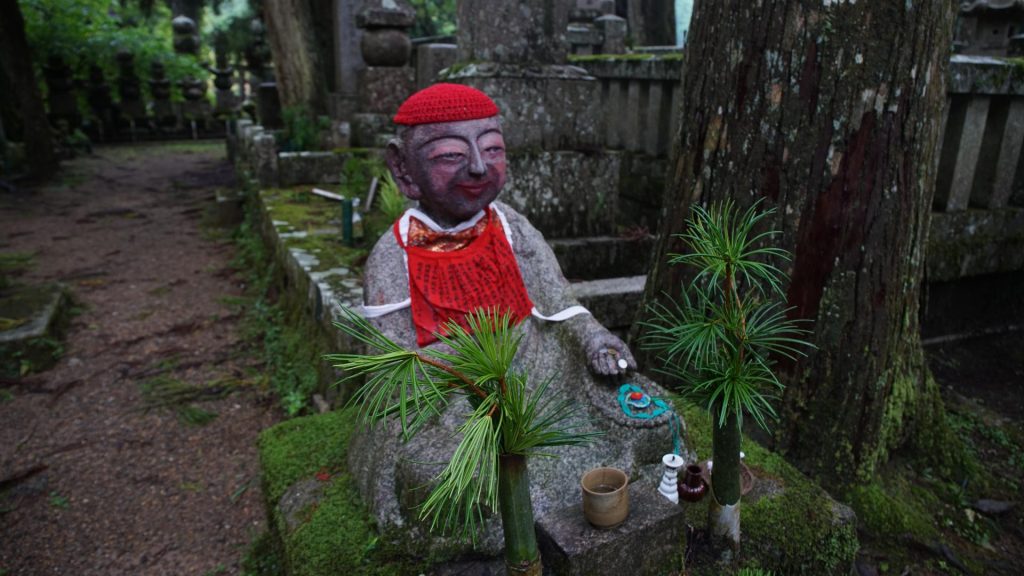Photos By Trent Maxwell
Within the misty mountains of Japan’s Kii Peninsula, Koya-san (Mt. Koya), stands as a sacred realm of tranquility, history, and spiritual significance. This awe-inspiring mountain has been revered for centuries and is home to a unique collection of trees known as the rokuboku, or The Six Trees of Koya-san.

Designated as a World Heritage Site, Koya-san is a place of deep spiritual significance for Japanese Buddhism. It was founded by the revered monk Kukai, posthumously known as Kobo Daishi, in the early ninth century. Kobo Daishi introduced esoteric Shingon Buddhism to Japan, and selected the serene, 1,000-meter-high plateau of Koyasan as the site for his spiritual retreat and the foundation of the Shingon sect.
In the year 816, Kobo Daishi inaugurated Koya-san and its head temple, Kongobu-ji, as a dedicated site for the practice of Shingon Buddhism. He was granted the mountain by Emperor Saga and built according to the Buddhist principles of scale to prevent harm and unwanted forces. Historical accounts suggest that the area, approximately 3,000 hectares, consisted of untouched swamplands enveloped by forests. Over the centuries, it has become a center for Buddhist practice, attracting countless pilgrims and seekers.

However in 994, the mountain was subject to a great fire, and most of the shichido garan (seven halls comprising the Buddhist temple compound) burned away. The once-lush mountain had been reduced to a barren plain, so reconstruction began including the first large-scale forestry effort, where hinoki (cypress) trees were planted around the mountain. Unfortunately, Koya-san continued to be subjected to large fires and required vast amounts of lumber each time the temple was rebuilt.
Rather than clear cutting, the locals decided to use more sustainable selective cutting, felling mature lumber from a section of forest every several years to every ten years and allowing the area to regrow, thus keeping new crops planted. Older trees were selected in sequence from around the mountain, and in their place were planted rokuboku, six types of trees chosen for their construction suitability and resilience: the aforementioned hinoki, sugi (cedar), koya maki (umbrella pine), akamatsu (red pine), momi (fir) and tsuga (hemlock). These trees planted here are banned from any other use other than building the temple.
However in the late 1800s as felling and transportation technologies developed and Koya-san lost a majority of the forest to a new government, the forest went from a selective culling process to clear-cutting. The temple persisted, brokering various negotiations, and in between 1918 and 1945, 2,578 hectares of national forest were put under the supervision of the temple as managed forest land and Kongobu-ji created a forestry division protecting forest growth. New trees had to be replanted as most of the land had been clearcut.

Today, conservation efforts are meticulous and include regular maintenance, pruning, as well as providing structural support for aging branches. This ensures the continued survival and health of the trees while preserving the historical and spiritual significance of the mountain. Locals also make the most out of the mountain. As the terrain is steep, they have carved terraced rice fields into the slopes and planted flowers and plants used for Buddhist ceremonies in the spaces available.
The protected rokuboku trees serve as a link between the past and the present, connecting visitors to the rich history of Koya-san and its enduring cultural and spiritual traditions.
Getting Around
Koya-san’s many temple buildings and attractions form a small town on the mountain, which in itself is considered a temple. If you’re coming by train, arrive by cable car (¥500 one way from Gokurakubashi Station on the Nankai-Koya line) to Koyasan Station, a ten-minute bus or taxi ride from the town center. Note that you are not allowed to walk along the street between Koyasan Station and the town center.
The town is relatively flat and many of its attractions including Kongobu-ji’s main temple buildings, the garan and Reihokan Buddhist Museum, are easily explored on foot. You can enjoy the forest and see the rikuboku trees on the walking trail adjacent to Nyonin-do. There is a conifer forest surrounding a Forest Therapy Road which runs through a protected forest of umbrella pine. Oku-no-in, Kobo Daishi’s mausoleum, is a 10-minute drive on the eastern side of town. The Daimon Gate, the traditional entrance to Koyasan, is on the western side of town. For more information, visit koyasan.net.




